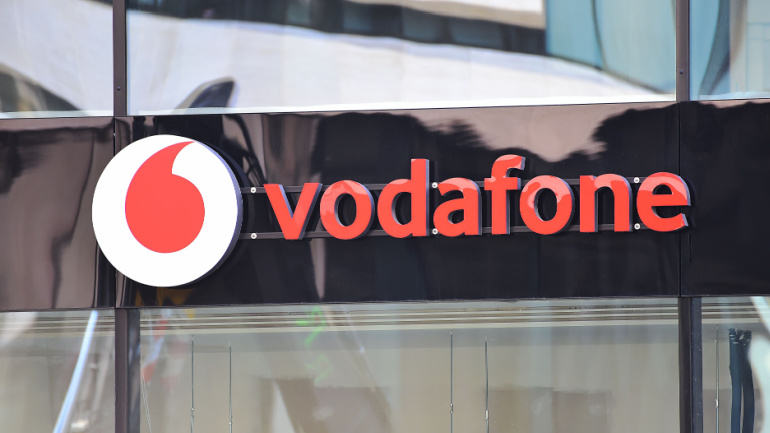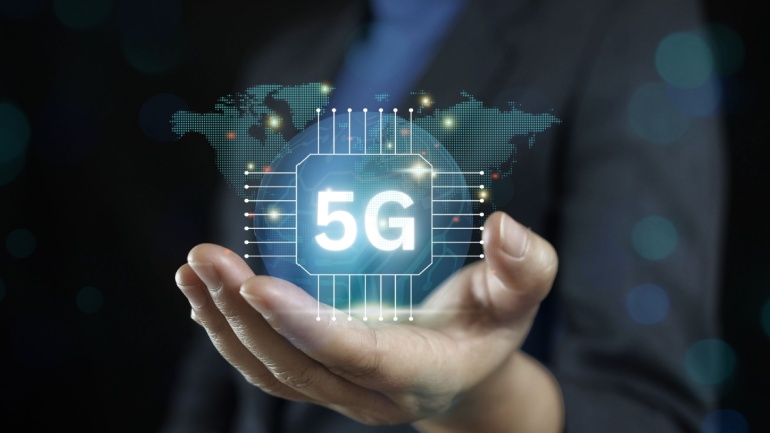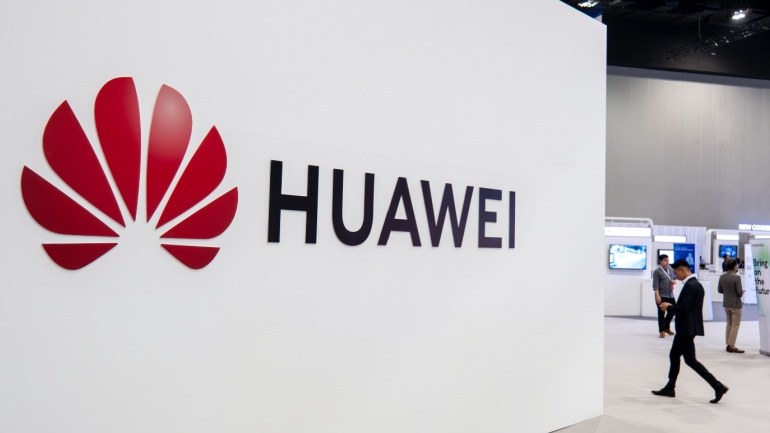Vodafone UK’s launch of 5G Ultra, a standalone 5G service, marks a significant milestone in the UK telecom market, offering faster speeds and improved battery life. However, with limited device support and potential focus on B2B applications, will competitors follow suit?
KPN revolutionizes Netherlands’ 5G landscape with the introduction of 5G standalone, promising higher speeds, improved latency, and network slicing capabilities. Pioneering tests with Ericsson in cloud gaming applications showcase its immense potential for consumer and business applications, setting the stage for a 2024 rollout.
As 5G technology continues to mature, leading global wireless carriers are competing to be the first to advance from the non-standalone (NSA) mode of 5G, in which a 4G LTE core is combined with 5G capabilities, to a standalone architecture (SA) 5G network. T-Mobile US, one of the largest carriers providing wireless voice, messaging and data services in the United States, has announced the launch of its SA 5G network. The operator claims to be the first in the world with nationwide coverage using this next-generation wireless technology. In a news release, T-Mobile said that the launch expands its 5G coverage by 30 percent and will cover nearly 250 million people in more than 7,500 cities and towns throughout the US. With faster speeds, lower latency and huge connectivity capabilities, SA 5G signifies the launch of a 5G core network, ending the reliance on legacy LTE architecture. T-Mobile said SA…
Reliance Jio Infocomm has partnered with OnePlus to validate 5G network slicing at a new 5G lab in India. This innovative technique divides a single physical network into multiple virtual networks, enhancing the 5G experience.
Nokia partners with Rockwell Automation to test private 5G on the CBRS band, enhancing industrial automation using EtherNet/IP protocols. With successful integration of time-sensitive networking and ultra-reliable low-latency communications, this collaboration signifies a breakthrough for Industry 4.0 applications. Discover how private 5G network solutions are transforming industrial automation and connectivity.
Huawei saw its revenue soar 34.3% to CNY417.5 billion ($58.8 billion) in the first half of the year, boosting net profit by 17.8% to CNY54.9 billion. Despite a slight dip in profit margins, Huawei aims to enhance business resilience and optimize its portfolio. Their innovative 5.5G network promises to revolutionize VoIP technology.
Nokia has secured a crucial agreement with Claro Argentina to deploy 5G infrastructure nationwide, positioning Nokia as the sole supplier. This collaboration aims to revolutionize connectivity, focusing on Argentina’s largest cities. By leveraging Nokia’s cutting-edge 5G AirScale technology, encompassing base stations and massive MIMO radios, this initiative promises unparalleled performance and reliability.
The government of Peru’s innovative plan to allocate 5G spectrum to telecommunication operators prioritizes coverage expansion over cash payments. This initiative aims to accelerate the deployment of 5G standalone technology, particularly in underserved rural areas. This regulation enhances infrastructure growth while reducing financial burdens, promising to reshape Peru’s telecom landscape.
NTT Docomo is set to launch New Radio dual connectivity technology, offering download speeds up to 6.6 Gbps using 5G Standalone architecture. Utilizing sub-6GHz bands and mmWave, this VoIP-enhancing tech will debut in Tokyo and Kanagawa starting August 1.
Vodafone has outlined a strong case for equipping UK public buildings with 5G-enabled technology. The ‘Connected Spaces’ report highlights how digital twins, IoT, and smart sensors can save the public sector £580 million annually. By integrating these technologies, Vodafone promises significant energy efficiency and reduced CO2 emissions, aiding sustainability goals.













